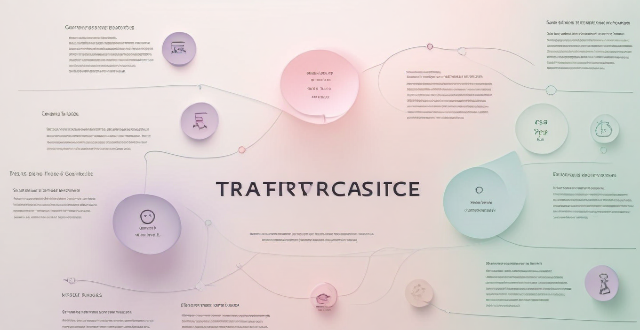This guide provides a step-by-step approach to structuring an academic paper, including key components such as the title page, abstract, introduction, literature review, methodology, results, discussion, conclusion, references, and appendices (if necessary). The goal is to make the writing process manageable and enjoyable by organizing research and ideas into a cohesive and well-structured document.

How to Structure an Academic Paper
Writing an academic paper can seem like a daunting task, but with the right structure and organization, it can be a manageable and even enjoyable process. In this guide, we will discuss the key components of an academic paper and how to effectively organize your research and ideas into a cohesive and well-structured document.
1. Title Page
The title page is the first thing your readers will see, so it should be clear and concise. It should include:
- Your name
- The title of your paper
- The name of your institution or school
- The date of submission
2. Abstract
The abstract is a brief summary of your paper that provides an overview of your research question, methodology, results, and conclusion. It should be no more than 250 words and should be written in a clear and concise manner.
3. Introduction
The introduction sets the stage for your paper by providing background information on your topic and introducing your research question. It should also include a thesis statement that clearly states the purpose of your paper.
4. Literature Review
The literature review is a critical analysis of existing research on your topic. It should provide a comprehensive overview of the current state of knowledge in your field and identify any gaps in the research that your paper aims to address.
5. Methodology
The methodology section describes the methods you used to conduct your research. It should include:
- A description of your research design
- Details about your sample or data sources
- An explanation of your data collection and analysis techniques
6. Results
The results section presents the findings of your research in a clear and organized manner. It should include:
- Tables and figures that illustrate your results
- A discussion of the statistical significance of your findings
- Any limitations or potential biases in your research
7. Discussion
The discussion section interprets your results in light of your research question and existing literature. It should:
- Explain the implications of your findings
- Discuss any unexpected results or limitations in your research
- Propose future research questions or areas for further investigation
8. Conclusion
The conclusion summarizes your main findings and reiterates the importance of your research question. It should also include any recommendations or practical applications based on your results.
9. References
The references section lists all the sources you cited in your paper. It should follow a consistent formatting style (e.g. APA, MLA, Chicago) and include all necessary information for each source.
10. Appendices (Optional)
If you have additional material that is not essential to understanding your paper but may be useful for further research, you can include it in an appendix. This could include raw data, detailed methodological information, or supplementary analyses.
By following this structure, you can ensure that your academic paper is well-organized, easy to follow, and effectively communicates your research findings.